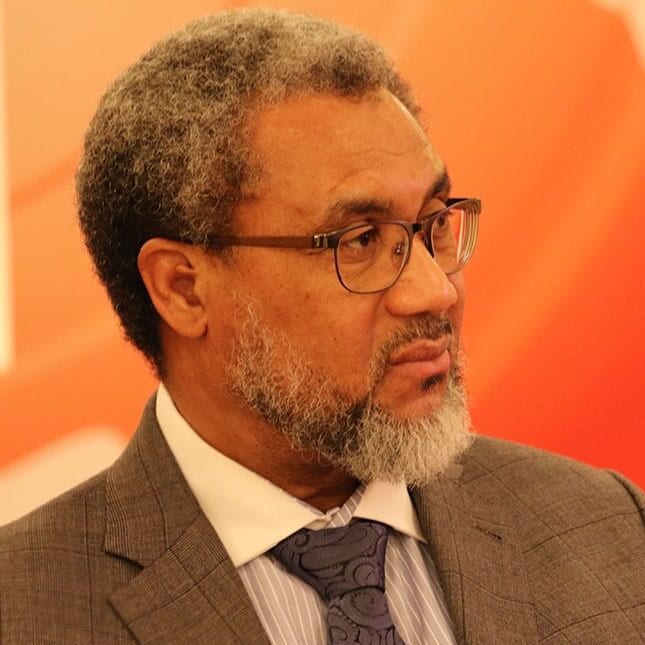Throughout the whole of 2015 the Rafah Crossing between the Gaza Strip and Egypt was open for just 21 days. On 31 December, the Egyptian authorities opened the border to deliver the corpse of a 28 year-old mentally-ill Palestinian, Ishaq Khalil Hassan, who was shot in full view of the cameras after he had strayed into Egyptian waters while swimming in the Mediterranean. As the Israeli-led — and Egyptian-backed — blockade of Gaza enters its tenth year, there is little hope that the Rafah Crossing will be opened for any meaningful number of days in 2016.
In fact, a combination of domestic and external factors are likely to continue to prevent an early end to the siege. The cold-blooded killing of Hassan by the Egyptian army in late December was indicative of a hardening of Cairo’s attitudes toward the Palestinians in Gaza. As a result, many more will pay with their lives, either through being denied unrestricted passage through Rafah to get essential medical treatment, or by attempting to smuggle basic needs through the tunnels once described as Gaza’s “lifeline”; or by falling victim to Israeli or Egyptian state violence.
For now, there is no shortage of excuses for keeping the Rafah Crossing closed; the usual excuse given to the Palestinians is that the security situation in north Sinai necessitates the closure. While it is true that there is a deadly insurgency in the Sinai which is taxing the resources of the Egyptian security forces and needs a massive political effort to resolve, that does not justify the demonisation and extrajudicial killing of Palestinians.
It has not gone unnoticed that on every occasion that the crossing was open last year there was a major security incident on the Egyptian side of the border. Coincidence? Perhaps, or maybe such incidents were planned in order to provide the Egyptian authorities with an excuse to keep Rafah closed. We will probably never know.
Israel’s role in prolonging Gaza’s humanitarian ordeal, however, is far more clear-cut. Soon after Hamas was elected to run the Palestinian Authority in January 2006 the Israelis imposed economic sanctions against the enclave. At the time, Dov Weisglass, an advisor to the then Israeli Prime Minister Ehud Olmert, said, “The idea is to put the Palestinians on a diet, but not to make them die of hunger.”
The following year, Israel declared Gaza to be a “hostile entity” and tightened further its sanctions regime. By adopting this designation, the Israeli cabinet had in effect voted to keep Gaza under a permanent state of siege.
Repeated calls by world leaders, including UN chief Ban Ki-moon, to end the blockade have all fallen on deaf ears. In 2010, Mr Ban condemned the blockade, saying that it caused “unacceptable sufferings.” Today, international aid agencies have confirmed that 80 per cent of Gaza’s inhabitants are aid dependent because of unemployment and poverty created by the Israeli siege.
It has now become abundantly clear that the aims of the blockade have gone well beyond the near-starvation proposed by Weisglass; it has been extended to ensure that young Palestinians in Gaza are even denied the basic right to an education. According to the Palestinian ministry of education, the blockade is currently impeding the building of 55 schools in the territory.
Internally, political analysts and observers in Gaza don’t expect 2016 to be any better than last year. There is a general sense among most that without a resolution of the differences between the two main factions, Fatah and Hamas, things will not improve. Perhaps the most intractable factor in this dossier is who controls the Rafah Crossing.
This week, a new formula has been proposed by the Popular Front for the Liberation of Palestine (PFLP), Islamic Jihad and other factions to resolve the issue. It suggests the appointment of an independent body of technocrats to oversee the border with the reappointment of those Fatah officials who were removed when Hamas took over the territory in 2007. At the same time, it stipulates that those officials employed by Hamas should retain their positions. An agreement on this formula between Fatah and Hamas could pull the rug from under the feet of the Egyptian government and nudge it to reopen the crossing.
Another ray of hope comes from the ongoing talks between Turkey and Israel, both of whom have now decided to normalise relations. While Israel has agreed to some of the Turkish conditions —notably an apology for the Freedom Flotilla attack in 2010 and compensation for the victims’ families — one condition remains hanging in the balance: Ankara’s demand for an end to the blockade of Gaza. As it has done so many times in the past, Israel has agreed to an “easing” of the restrictions but, as before, it has not actually defined what that means. If past experience is anything to go by, it means very little.
Sources close to the talks, though, have told MEMO that Turkey has proposed the construction of a sea port in Gaza and offered to administer it. So far Benjamin Netanyahu and his government remain implacably opposed to this. Nevertheless, although it will be a bitter pill to swallow it may actually be the best face-saving device for the Israelis to accept. After all, Israeli commentators and intelligence officials alike have realised that instead of weakening Hamas the blockade has strengthened the movement.
While it is hard to imagine a year worse than 2015, Gaza is caught in a downward spiral from which it will be difficult to escape. However, this Turkish proposal provides a chink of light that, with goodwill, could lead to 2016 not being as bad as last year after all. Some courageous steps are needed to make it work, but it is possible.
The views expressed in this article belong to the author and do not necessarily reflect the editorial policy of Middle East Monitor.








